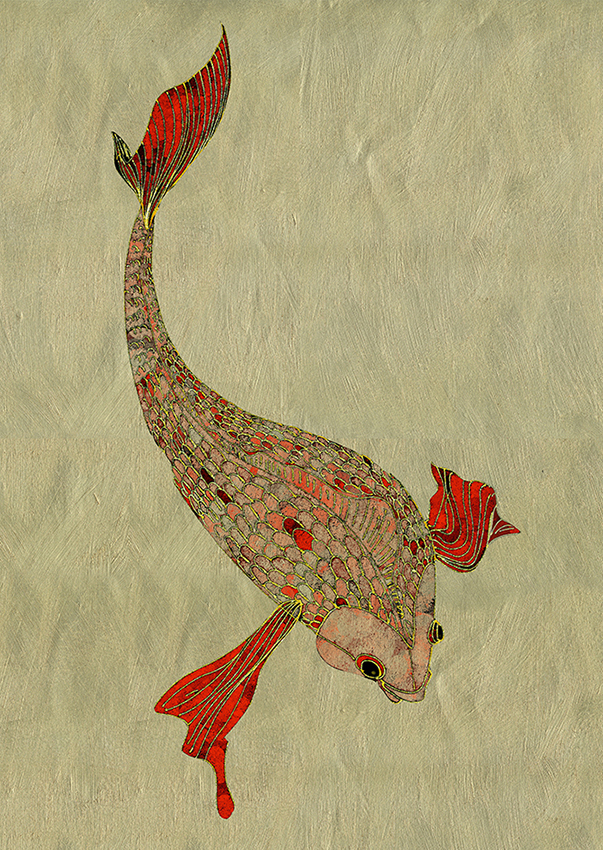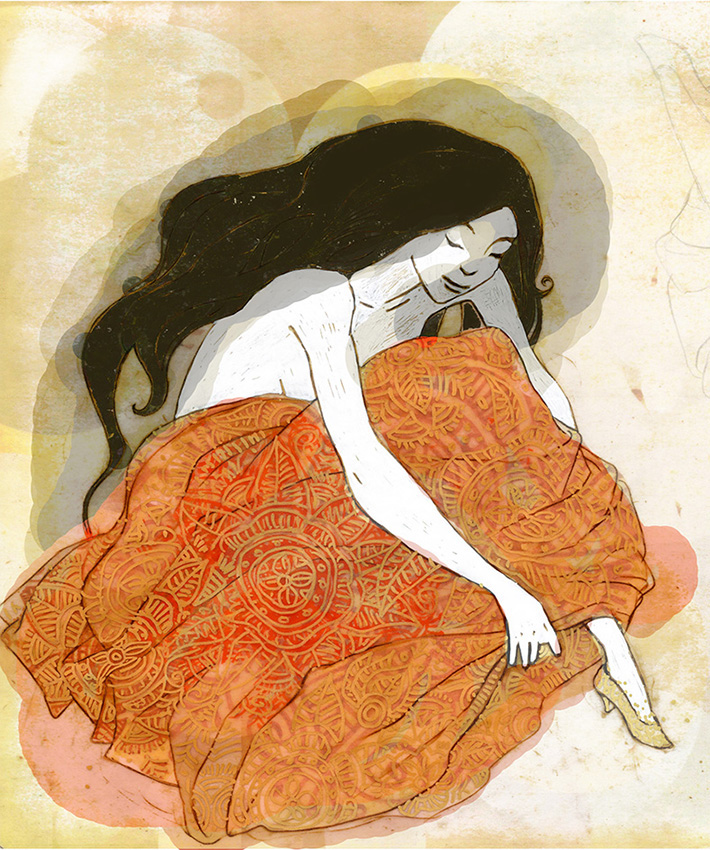FEATHERS, PAWS, FINS AND CLAWS Fairy-Tale Beasts
“ A wide variety of creatures walk, fly, leap, slither, and swim through fairy-tale history. Some marvelous animal characters have taken up permanent residence in popular culture – the beast redeemed by beauty, the wolf in pursuit of little girls and little pigs, the frog prince released from enchantment by a young princess. Such fairy-tale animals may seem so familiar that they hardly require an introduction. But like the adventures of many fairy-tale heroes, the (re)reading of stories of these animal characters can yield surprises, challenges, and unexpected rewards.”

Cover and book design by Bryce Schimanski
In 2013 I was invited by Jennifer Schacker and Christine A. Jones to join their project, the collection of the world fairy-tales. The collection contains of 10 different fairy tales form England, Portugal, India, North America, France, Norway, Hungary and Italy. Some of the tales are dated to 16 century.
Once we started to chat about drawing styles, we all agreed, that it would be very interesting to create illustrations that are inspired by the country the tales are originated form and the time of its writing. Such idea required research time on cultural styles and different visual materials. This process allowed me to familiarize with some cultural aspects, that later on was used to create illustrations.
All illustration where inspired, created and improvised by its countries cultural and visual styles and through my own creative processes. It was very interesting and challenging task to change the styles after every illustration.
Some fairy tales were more challenging then others, like “The Rat's Wedding” - Indian tale. In the beginning I wanted to follow traditional Indian drawings, but it was so far from my own style, that I had to scale down and was following more on some details and colour combinations.
Nominations and winnings:
Next Generation Indie Book Awards, Finalist in children’s juvenile fiction with book “Feathers, Paws, Fins, and Claws:
Fairy-Tale Beasts”, US and Canada.
Moonbeam Children’s Book Awards, Second place(silver) as best illustrator with book “Feathers, Paws, Fins, and
Claws: Fairy-Tale Beasts”, US.
Nominations and winnings:
Next Generation Indie Book Awards, Finalist in children’s juvenile fiction with book “Feathers, Paws, Fins, and Claws:
Fairy-Tale Beasts”, US and Canada.
Moonbeam Children’s Book Awards, Second place(silver) as best illustrator with book “Feathers, Paws, Fins, and
Claws: Fairy-Tale Beasts”, US.



Process for the cover illustration







BALLAD OF THE BIRD-BRIDE
The haunting poem by the Victorian poet Rosamund Marriott Watson, an earthbound man laments the loss of his wife – a bird-woman whose true nature could be neither contained, suppressed, nor transformed by marriage. Watson attributes the source of “The Bird Bride” to “the Eskimo”. 1889
Final illustration



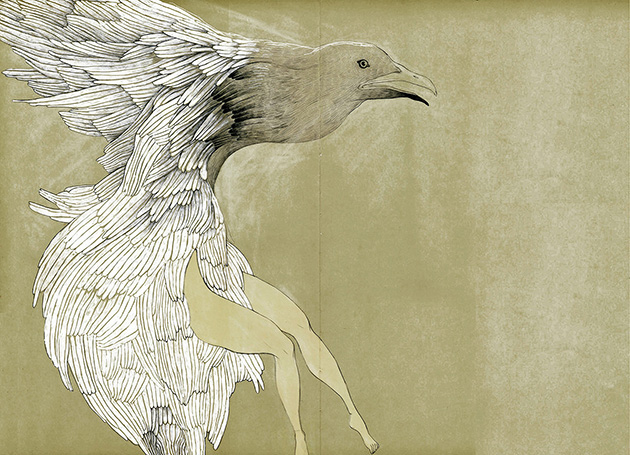
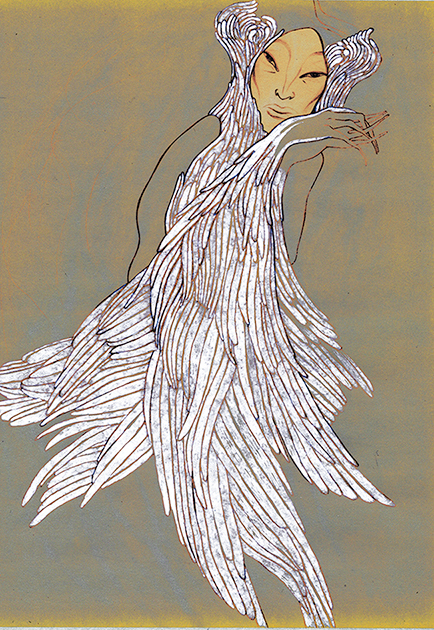

THE STORY OF THE THREE BEARS
The haunting poem by the Victorian poet Rosamund Marriott Watson, an earthbound man laments the loss of his wife – a bird-woman whose true nature could be neither contained, suppressed, nor transformed by marriage. Watson attributes the source of “The Bird Bride” to “the Eskimo”. 1889
Final illustration


THE RAT'S WEDDING
The rat at the center of this South Asian tale makes a series of rather canny bargains with human beings, his ambitions, rewards, and confidence growing with each exchange he makes.
In its present form, this story was introduced to English-language readers in 1884 by the English writer and tale collector Flora Annie Steel.
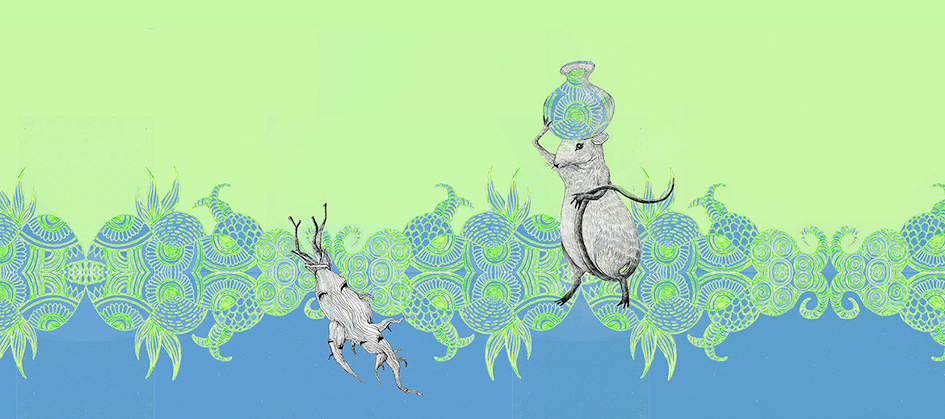



BABIOLE
“Babiole” tells the bizarre and endearing tale of a monkey raised into a princess at the French court. Rich with social commentary, this story was published in France in 1698, by the prolific woman writer Marie-Catherine le Jumel de Barneville, Comtesse d’Aulnoy (usually called “Madame d’Aulnoy”). For nearly two centuries D’Aulnoy’s tales were enormously popular in English translations (the one that appears here dates to 1892), adaptations for child readers, and as the basis for Christmas pantomimes.


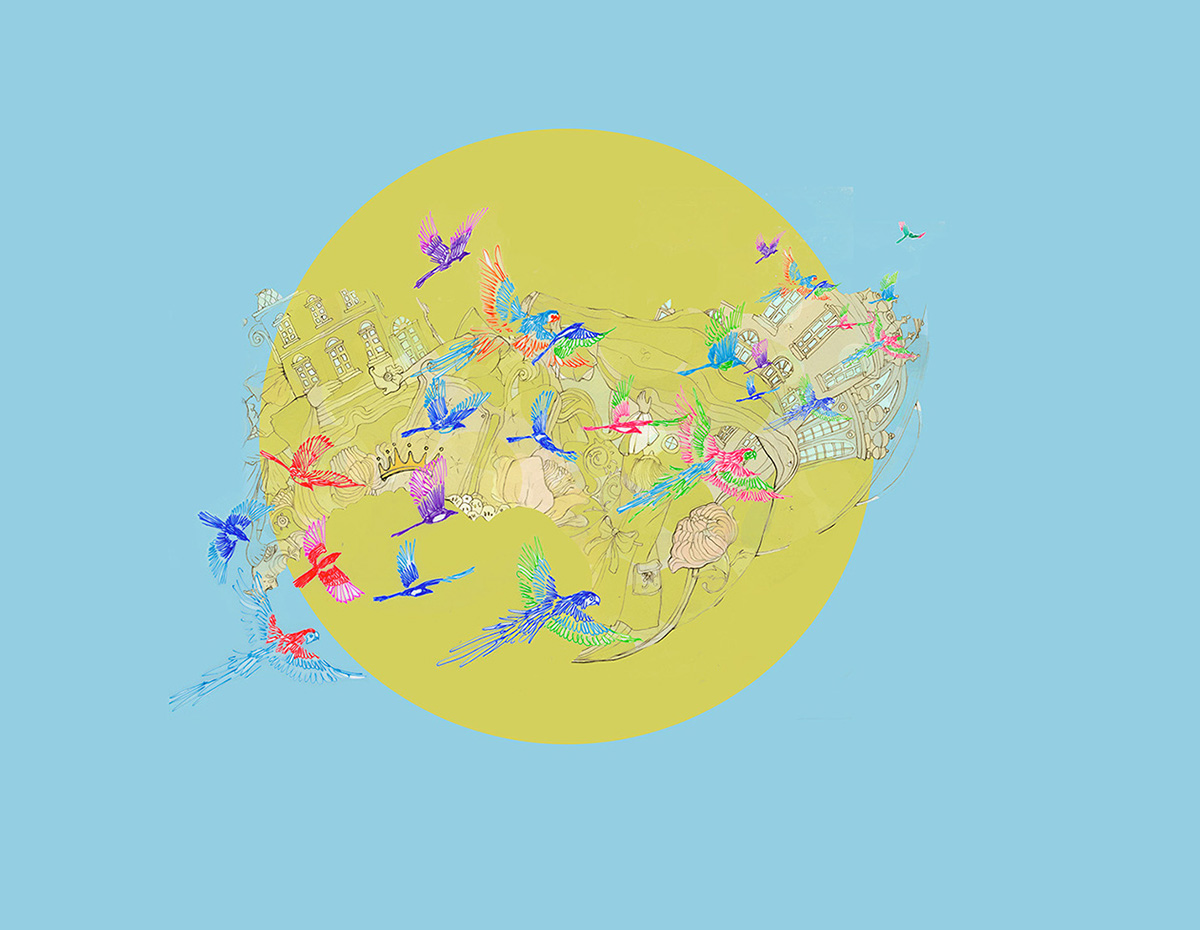

NANINA'S SHEEP
Mary de Morgan wrote three successful volumes of fairy tales, and played creatively (sometimes subversively) with conventional expectations of “children’s literature.” In this sense, De Morgan’s fairy tale follows in a long tradition of tale writing and telling, drawing on deeply familiar cultural stereotypes and then asking her audience to see them in a fresh way. 1900.

COSTANTINO FORTUNATO
This 16th century Italian story of a clever and resourceful cat, improving the fortunes of its human master, is best known through a related French story published 200 years later by Charles Perrault – what English readers know as “Puss in Boots.” This earlier fairy tale by the Venetian writer Giovan Francesco Straparola foregrounds its humble human hero in its title, “Constantino Fortunato,” but there’s no question that the cat is the most interesting and important character in the story. 1553

EAST O' THE SUN, WEST O' THE MOON
Immensely powerful and elusive, polar bears sometimes take starring roles in the folklore and tale traditions of the northern peoples who share their habitat. The Norwegian tale known in English as “East o’ the Sun, West o’ the Moon” was collected from oral tradition by the folklorists Peter Christen Asbjørnsen and Jørgen Engebretsen Moe; it became popular in Victorian England when translated in 1859.


THE SNAKE-SKIN
In Judeo-Christian tradition, the snake is an ambivalent symbol: it represents temptation, sin, transgression, and danger, but also knowledge of the full range of human experiences and possibilities. In this charming story, collected by folklorists in 19th century Hungary, an impoverished man overcomes his initial fear of a snake and chooses to bring it home as a lucky companion. 1889.
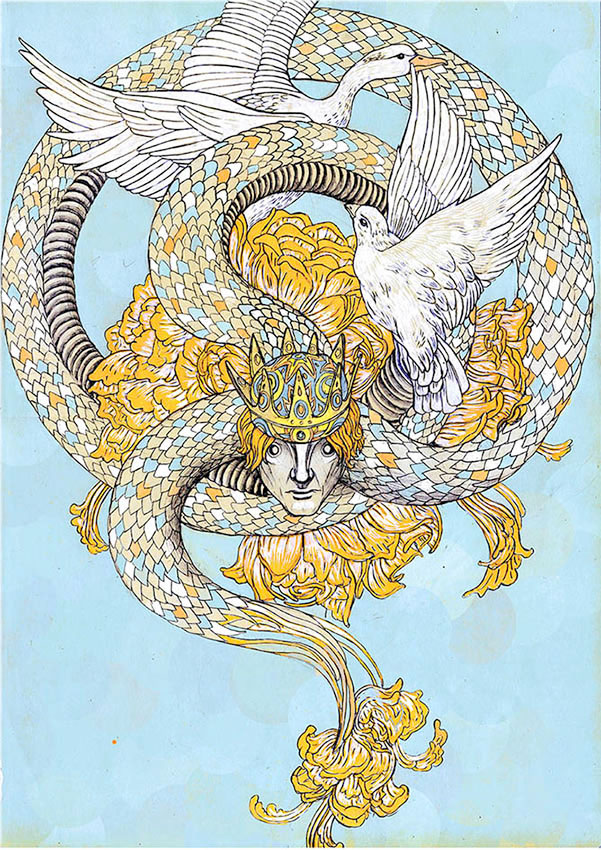

PRINCE CHERI
Jeanne-Marie Leprince de Beaumont was a French writer working as a governess in England when she published her best known fairy tale “Beauty and the Beast” (1757). Less well-known today is de Beaumont’s story “Prince Chéri,” which appeared in the same collection, and even takes up a similar theme of animal-human relationships.


THE MAIDEN AND THE FISH
“The Maiden and the Fish” is one of 500 stories collected from oral storytellers across Portugal by the folklorist and historian Consiglieri Pedroso. The points of similarity and contrast between this charming tale and more familiar stories demonstrates the ways in which storytellers and literary authors alike draw creatively from rich pools of cultural material. 1882


